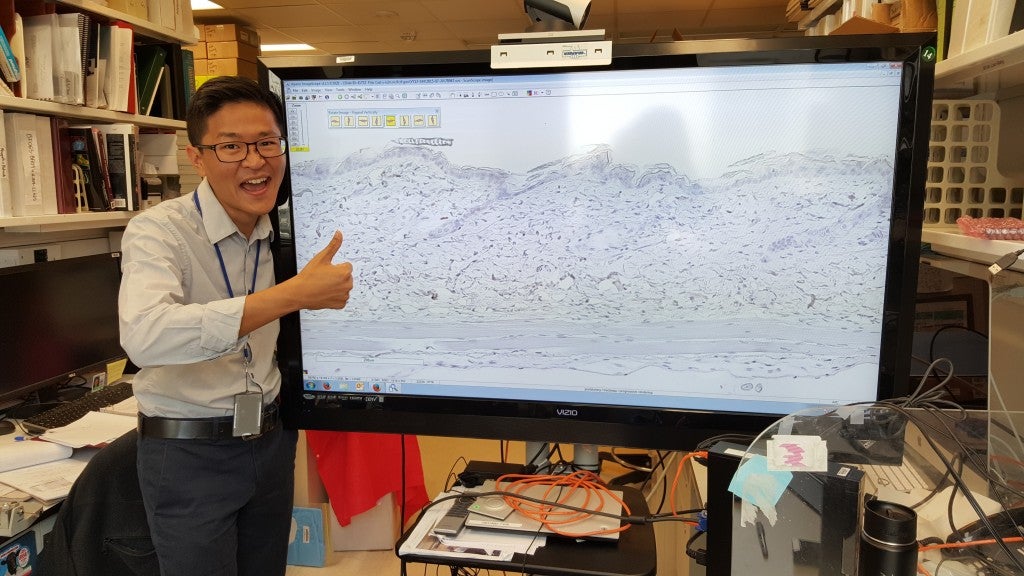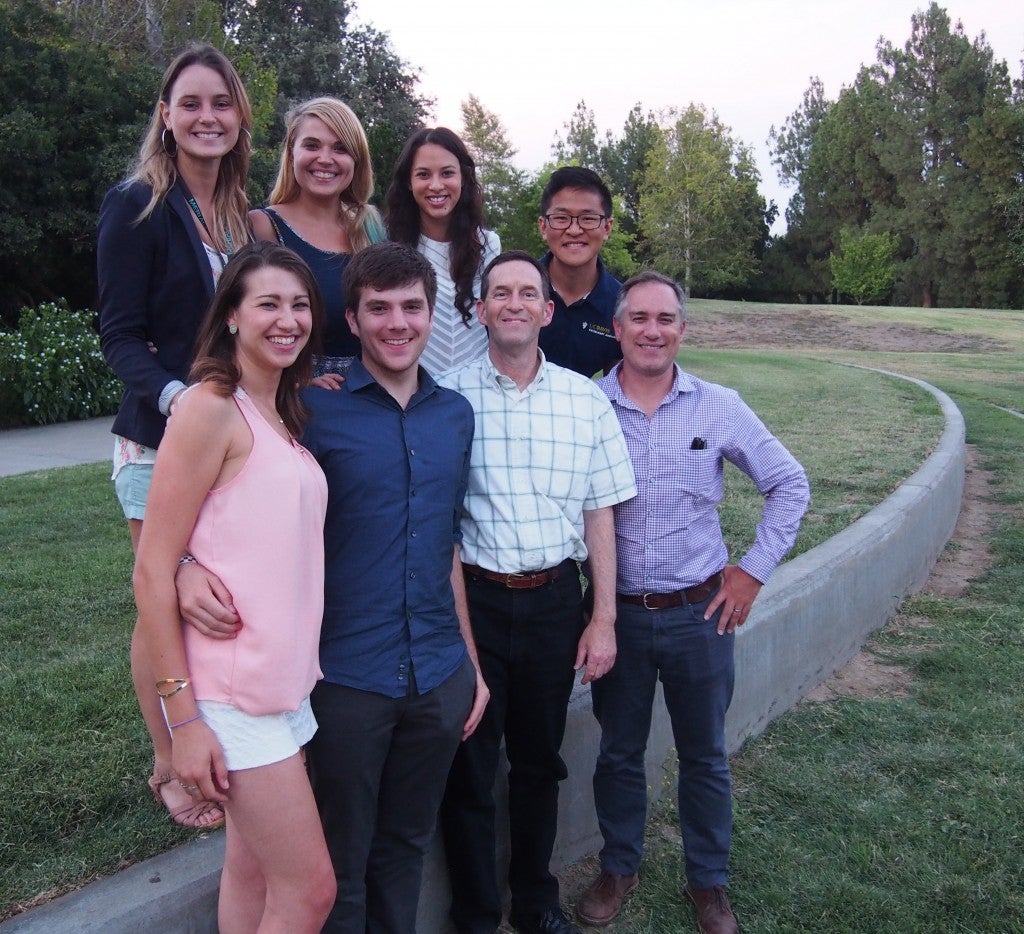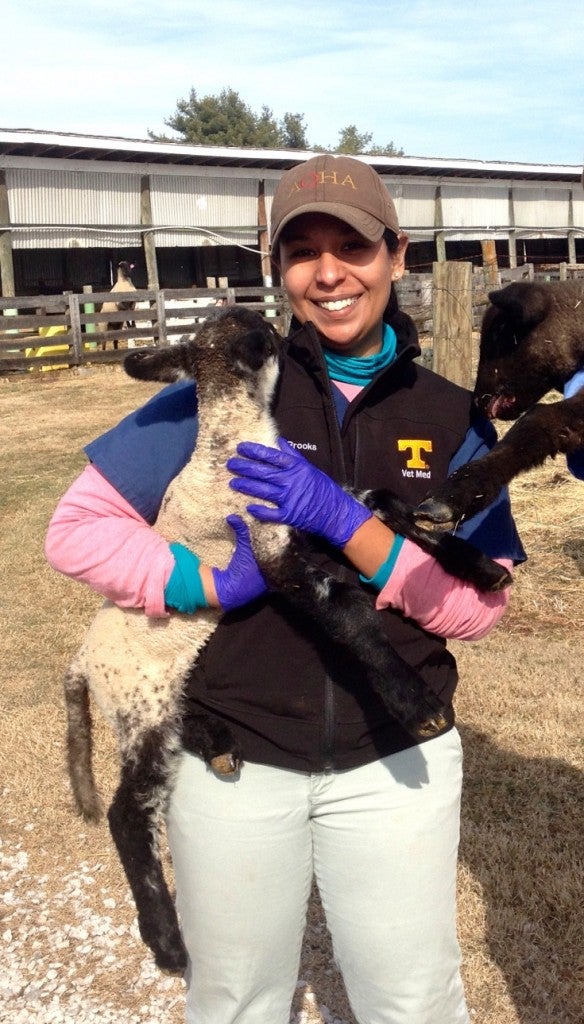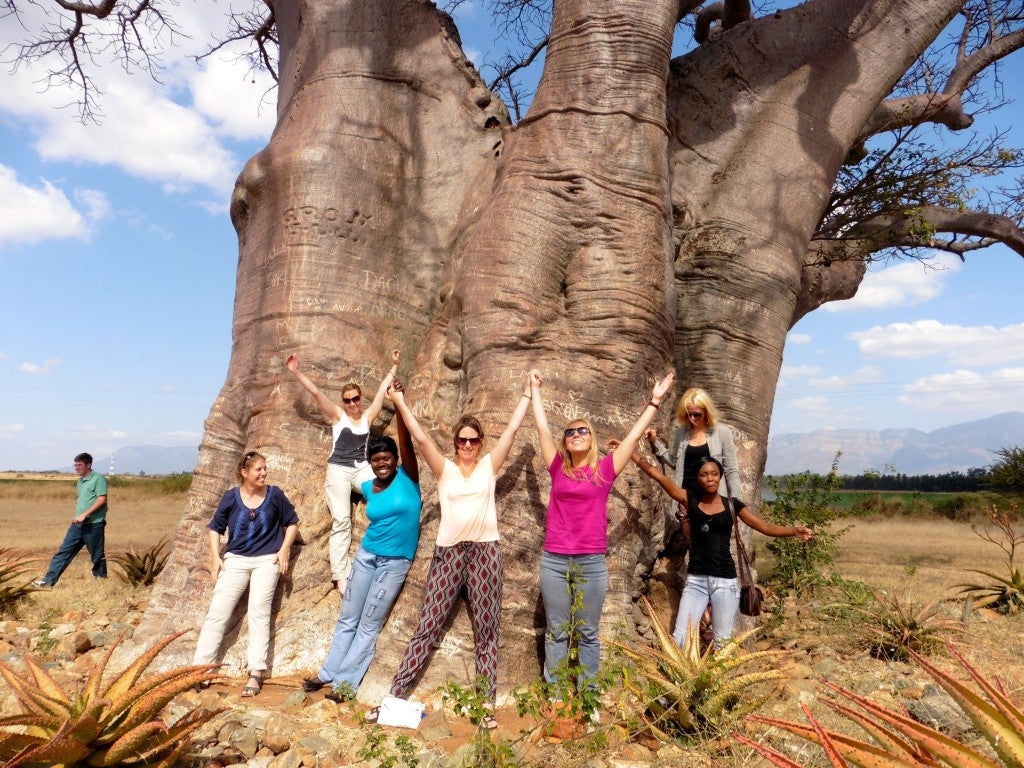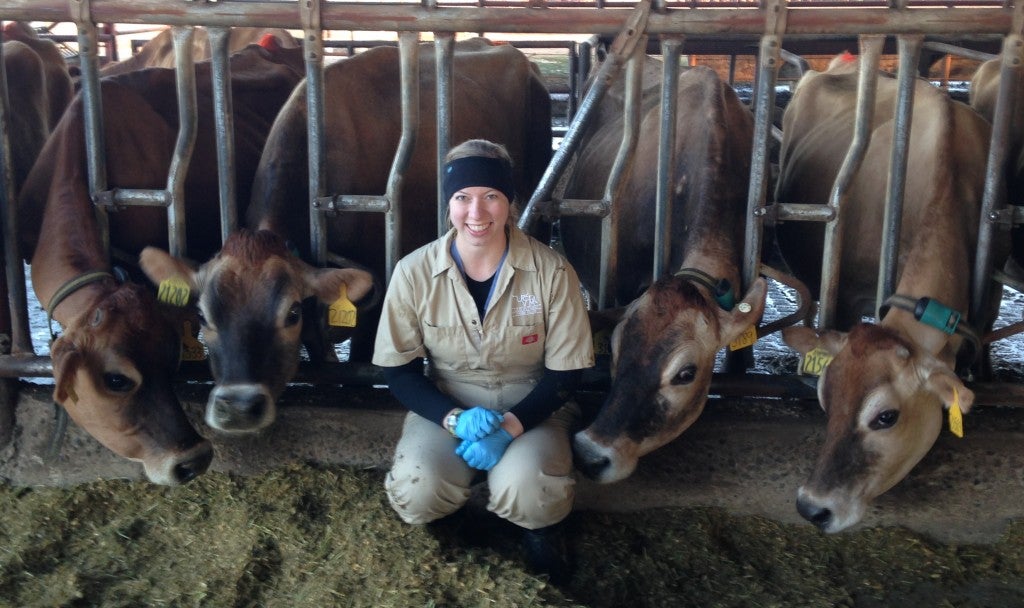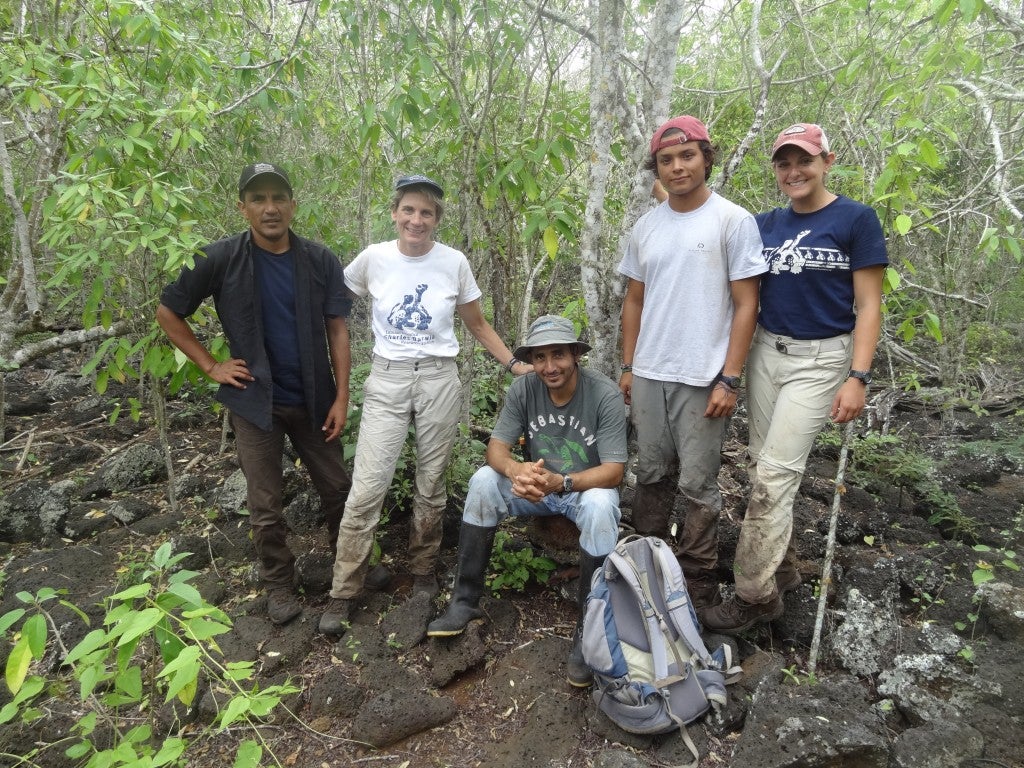Steven Hsu, Class of 2018, spent eight weeks this past summer as an intern with the National Institutes of Health in Bethesda. I spent a little time chatting with him about his experiences and his path to veterinary medicine.
How did you decide on a career in veterinary medicine? Did you have a bunch of animals growing up?
I love animals, but I didn’t have any while I was a kid. I was born in Taipei, Taiwan and when we moved to the U.S., we lived in a city in Southern California. But in high school, I was really interested in medicine and figured veterinary medicine would be an easy way to merge my love for animals with an interest in medicine. I also volunteered at a local shelter during high school in Rancho Cucamonga—that helped solidify my career choice.
How did you hear about the internship opportunity at NIH?
One of my instructors, Professor Kevin Woolard recommended it. He taught numerous class pertaining to pathology, which I really enjoyed. If memory serves me right, he did his DVM and Ph.D. at North Carolina State, and did his post-doc at NIH.
What were some of the highlights of your visit/internship?
The directors, Drs. Mark Simpson and Charles Halsey, took our group of six veterinary students across Maryland on field trips—to the FDA, and different laboratory animal facilities around the Bethesda campus. We visited laboratories that studied frogs, zebra fish, primates, and of course, rodent facilities. It was my first time out east—my first time traveling past Texas actually. I met five other veterinary students from across the nation and Canada and it was interesting to see how different and yet similar we are—there was a lot of diversity among our backgrounds and interests. I learned I didn’t want to just focus on diagnostic applications of vet med. Those field trips were really helpful in seeing various careers and choosing what I’d like to do and what not to do. Even though I was sure about a career in veterinary pathology, I didn’t realize the variety of career choices within the field and the value of mentors to help guide me through the process.

